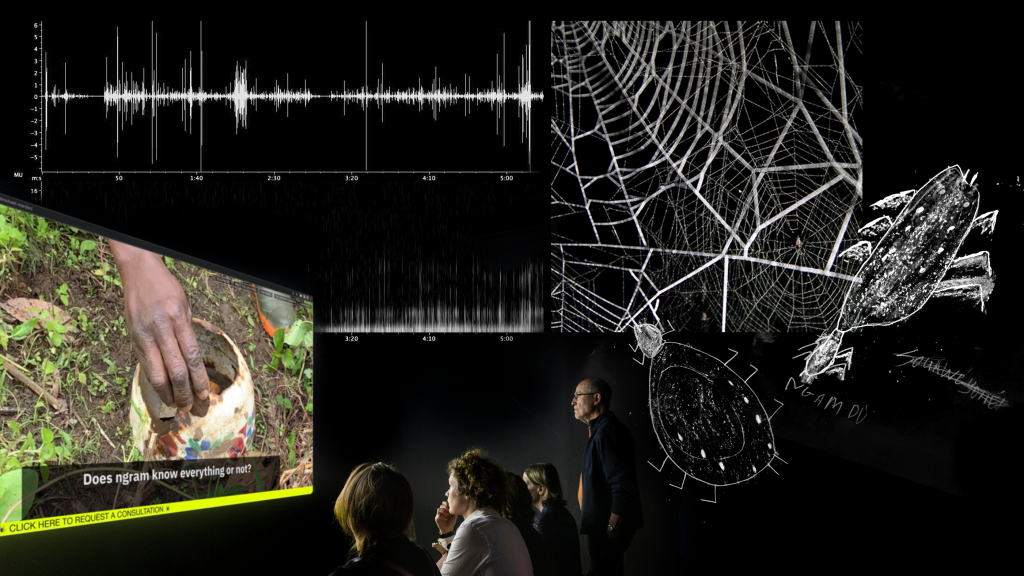

...













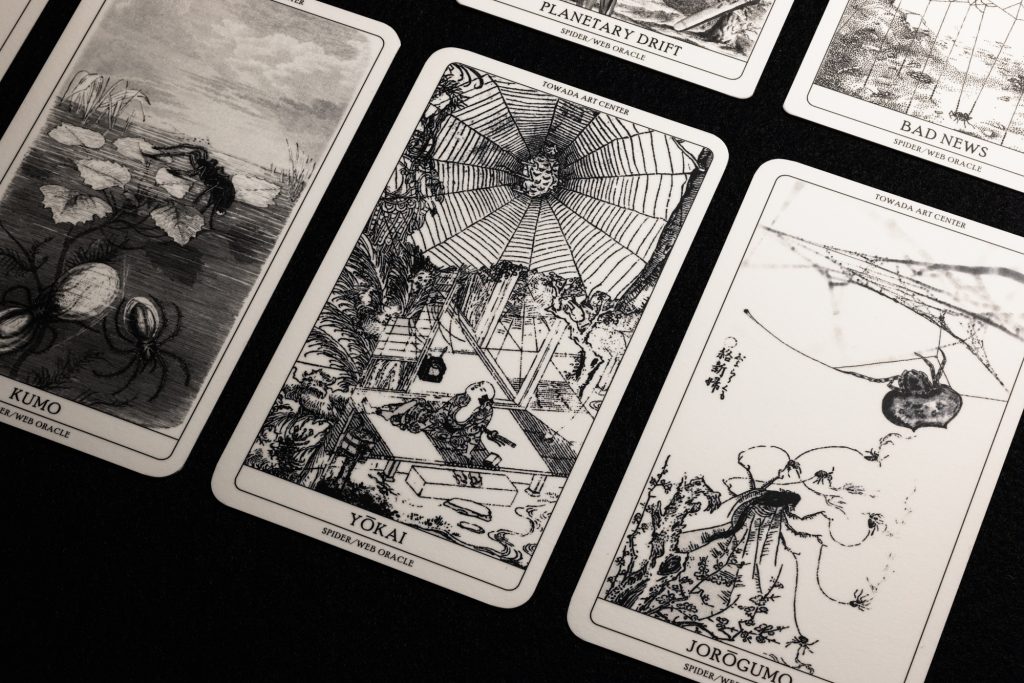




















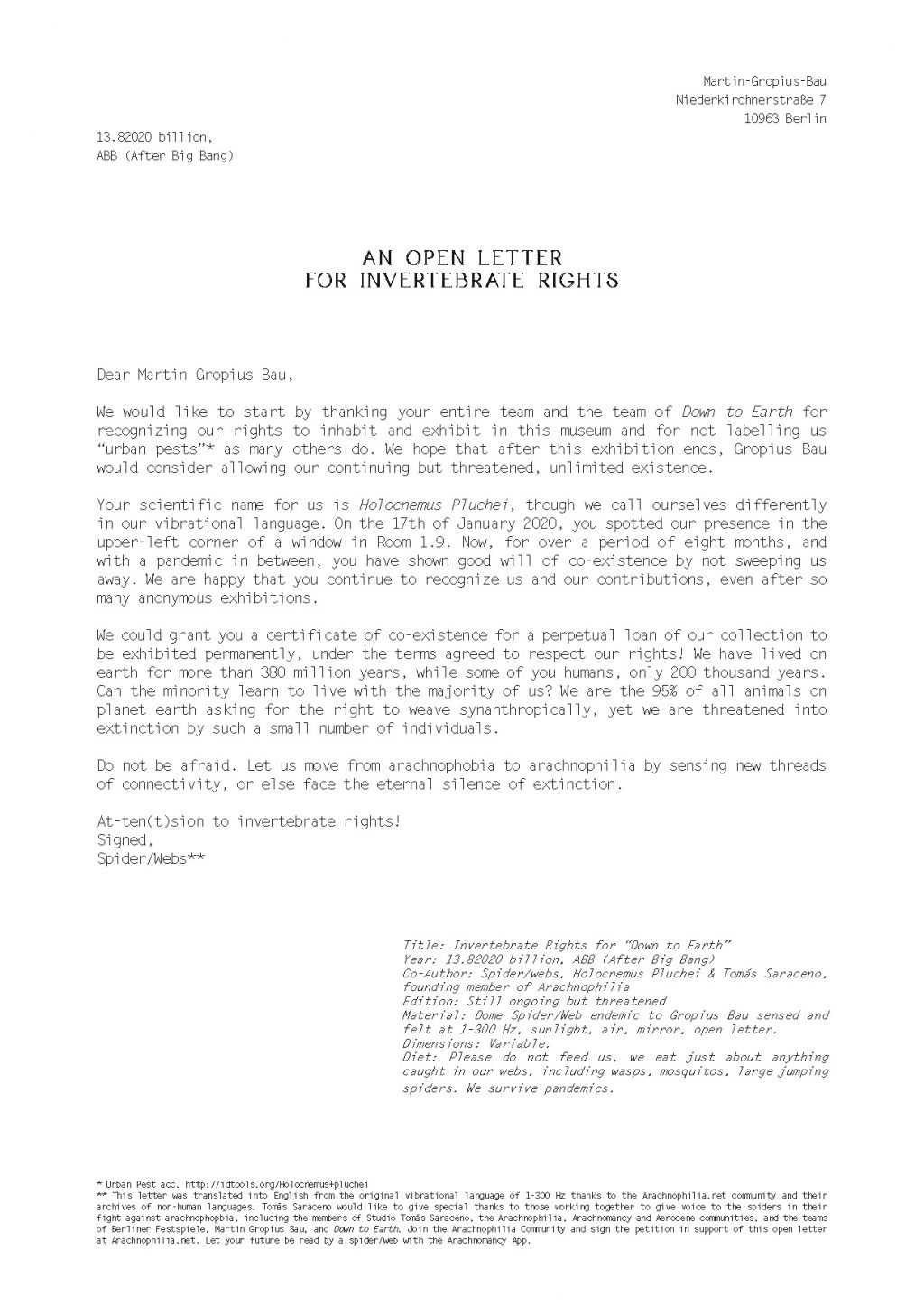




































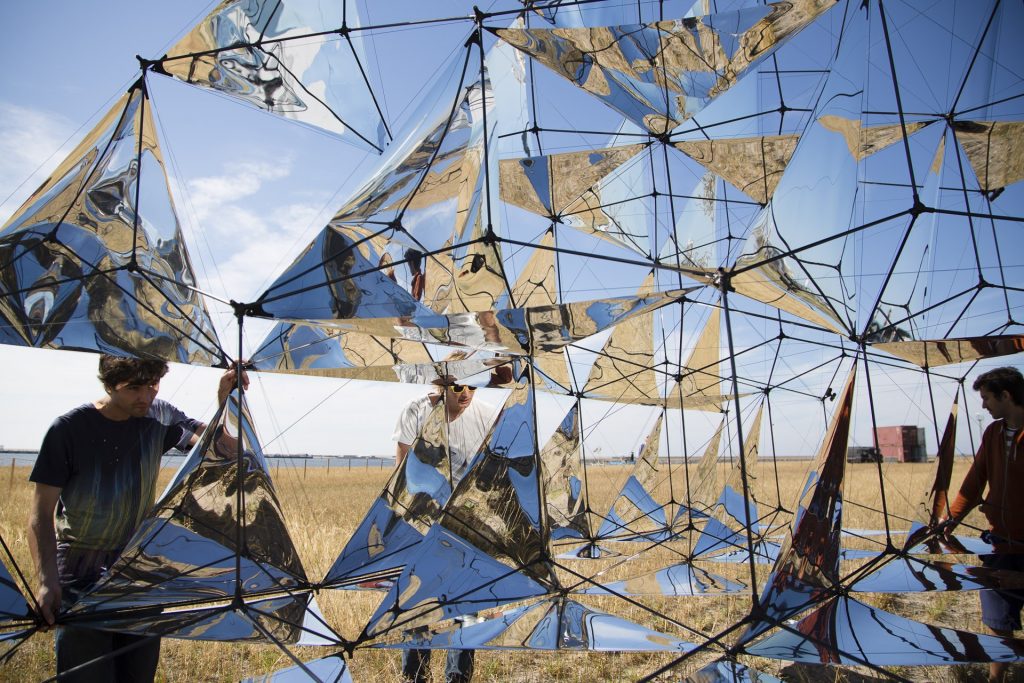










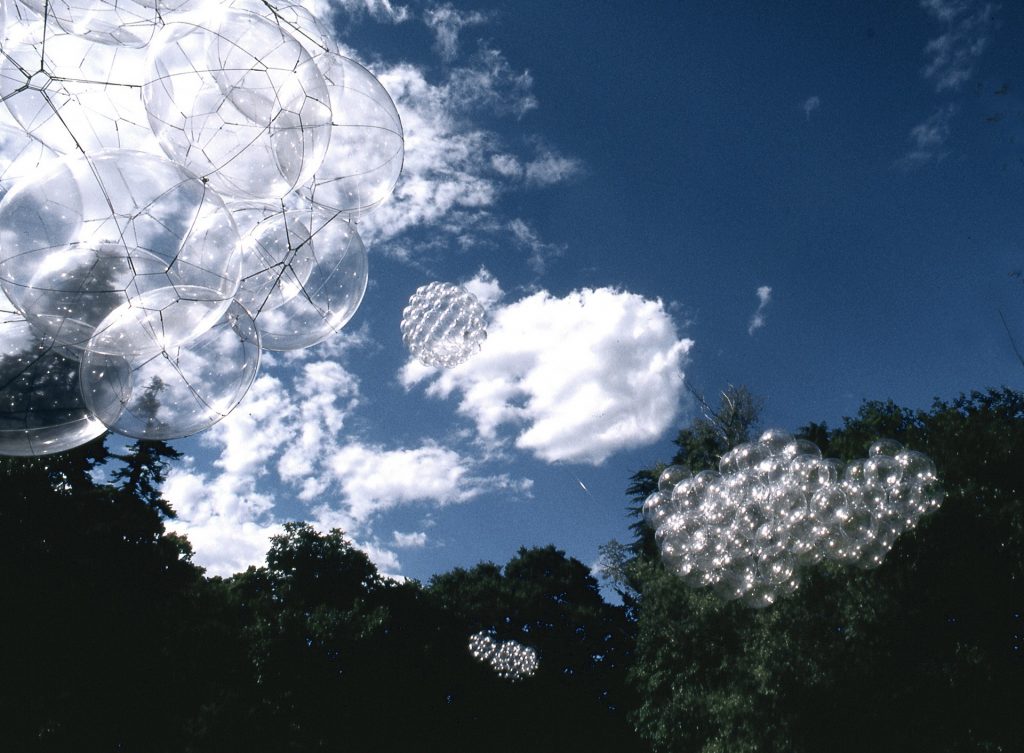
Life(s) of Webs

Amongst Maya Peoples, the spider/web represents the placenta of Ix Chel, the Maya goddess of childbirth and patron saint of weavers, and for whom the spider creates the thread of life from within itself. For the ancient civilisation of the Nazca, the spider was imaged in their geoglyphs–engraved directly onto the ground of the Nazca Desert in southern Peru–as schematic-geometric figures that span a length of nearly 50 meters. In Peru, a special class of pre-Inca Chavín diviners (known as pacchacatic) once consulted the spider as deity and oracle, divining their future based upon its falling movements. In late pre-Hispanic times, and still today in regions of modern highland Peru, spiders are observed to predict rainfall and other other climate events.
During the origins of the Qixi festival in China, a celebration derived from the myth of cloud-weaving goddess Zhinü, it was customary on the ‘Seventh Night’ for young girls who practiced needlework to observe house spiders of the court (xizi), storing them until dawn in hopes to reveal their fortune. If the spider had spun a tightly-woven web, it was a positive omen and read as a reflection of the young woman’s skills. If the web was sparse or unbuilt, the opposite was true.
In Christianity, we encounter the tale of Saint Felix di Nola who, upon being persecuted due to his preaching, slipped through a narrow gap in a nearby ruinous house in order to conceal himself. Once inside, by God’s command, spiders spun a protective web across the opening, tricking his persecutors into believing no one could have traversed the space, who then continued on their path. The spider-as-trickster appears myriad: in North America for the Cheyenne Peoples as Veeho, for the Lakota as Iktómi; in West Africa as Kwaku Anansi—a rogue, arachnid folk hero whose cunning, unpredictable and liminal figure mediates between the gods of the sky and earth-bound humans.
Tarantism, a phenomenon originally believed to be caused by a bite from the Lycosa tarantula or Latrodectus tredecimguttatus, is a form of ‘hysterical’ behavior—and accompanying dancing mania—originating in Southern Italy. The tarantella dance, a series of folk dances with roots in Calabria (Sonu a ballu), Campania (tammurriata) and Puglia (pizzica), evolved as a speculative therapy—a type of musical exorcism—for the ‘victims’ of such spider bites: it is said that such convulsion-invoking rhythms, performed publicly, often for days on end, were used to revive and heal those who had succumbed to the spider’s venom.
In North America, the Hopi and Navajo Peoples count on their Mujer Araña as both a powerful spirit and ally, whose magical agency of the Earth would teach them to weave; for other Californian tribes, she is an avenging spirit that punishes evil. In Greek mythology, the figure of Arachne is entangled within a ‘web of resistance’ with goddess Athena, revealing another tale of mediation: of two women who use embroidery as a performative textuality, confronting and defending the social order.
Mediation across lines of species and language continues today: the historic ŋgam dù spider divination, as practiced by the Mambila People in the borderlands of Cameroon and Nigeria, brings its diviners and consultees into acute relation, awareness and sensitivity to a spider’s oracular capacities. During a consultation, a set of binary questions is presented to a ground-dwelling spider. Cards placed at the entrance to its burrow, made from stiff plant leaves and featuring cut-out shapes (ŋgèe) with specific symbolic meanings, are rearranged by the spider whose response is then interpreted by the diviner.

In 2023, in the Chiesa Madonna del Carmine – Palazzo Lanfranchi in Matera, a Catholic confessional box is found, in which spider/webs emerge in the place of the priest, with the intention to share their ancestral wisdom. It’s a call to humanity, one to listen closely to: “we have lived on Earth for more than 380 million years, while most of you humans, merely 200 thousand years… we invertebrates represent 95% of all animals on planet Earth, yet we are threatened by extinction, something that would endanger all lives on earth. We ask you to care for the rights of our webs of life. Weaving together ways of living, with lifestyles that do not affect climates, for more just, eco-social inter- intra-species societies for all?
Give in to arachnophilia.


Every contribution matters. These are times to act and to be part of something larger, and infinitely smaller, than yourself.
...